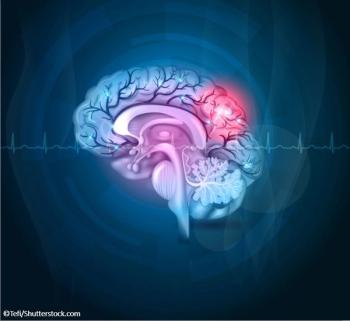
Pregnancy and new motherhood are considered happy and hopeful times. Bad outcomes, such as miscarriages and stillbirths, occur, however, and even with good outcomes, psychiatric disorders can present or worsen at this time. The incidence of depression in women during pregnancy is about the same as that for matched controls, and because depression is common in all women, this is a significant public health issue. More than 10% of women with panic disorder describe first symptoms as occurring around pregnancy, and there is evidence that pregnancy exacerbates psychotic disorders. Within a few days of giving birth, 25% to 75% of new mothers experience emotional lability, or the "baby blues," and 10% to 20% of new mothers experience postpartum depression. The peripartum is thus a time of great joy potentially complicated by the entire range of psychiatric illness.


